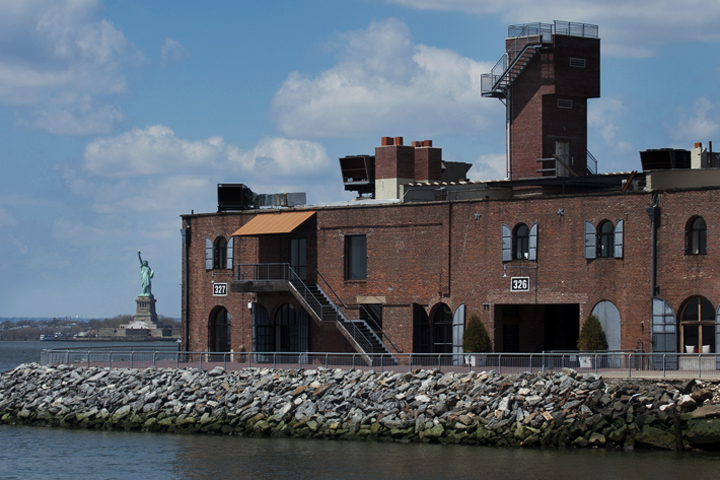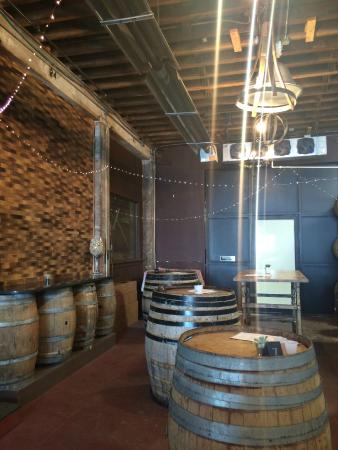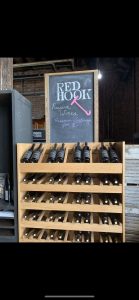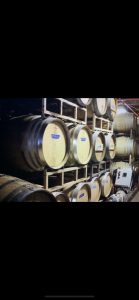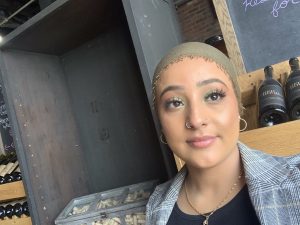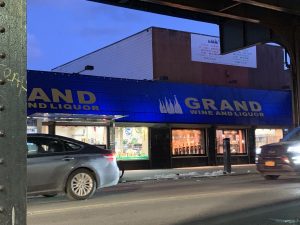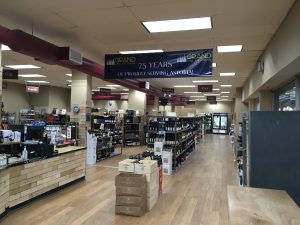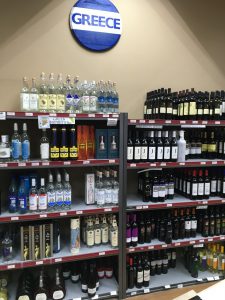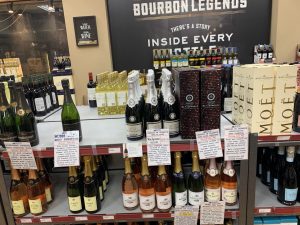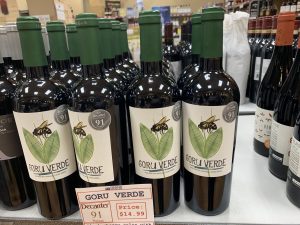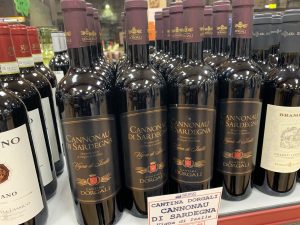Names: Noha Mahdi, Chris Raghubir, Amanda Ashwood
Country/Region/Appellation
USA/California/Paso Robles
Grape variety
Zinfandel: Zinfandel was the first commercially viable grape to be planted in Paso Robles, back in 1914. It is known for its sweet-fruited jammy raspberries, wild bramble berry, raisins, prunes, licorice and black tea spices and plush tannins.
Cabernet Sauvignon: The Paso style strives to Big and Bold, making more richly textured, opulent, ready-drinking Cabs and Bordeaux blends with flavors of anise, cola, peppercorns, finishing with textured minerality and bright acidity.
Rhône Varieties: The term “Rhone-Zone” was given to Paso because it hosts the largest acreage of Syrah, Viognier, and Roussanne in California. The Rhone is actually a region in France that lies along the mighty Rhone river. Red Rhone wines are traditionally blends dominated by Grenache, then Syrah, Mourvedre amongst 10 others. These wines have flavors of both red and black fruits (strawberry and blackberry), licorice, herbs, a full body and soft plush tannins. White Rhone wines can be 100% varietal-based from Viognier and literally taste like you bit into a dried apricot, or blends that include Marsanne and Roussanne along with 8 others, making wines that are richly textured viscous wines.
Cal-Italians: Vine cuttings from Sangiovese, Nebbiolo, Barbera, and Montepulciano grape varieties were brought with Italian immigrants from as far back as 1861 to the USA. However, it wasn’t until the 1980’s that these grapes found their home in Paso. Although Italian grapes lack the plushness of texture of other styles, their uniqueness lies in their ability to retain high levels of acidity, despite the heat. This allows them to be some of the most food-friendly wines in the world.
Innovative Blends: Adding to the sheer diversity of grapes and styles explored above, we are now seeing producers add Spanish grapes like the white Albariño, or Verdelho, red Tempranillo and the Portugese Touriga Nacional (the main grape of Port wines) to their repertoire. These grapes are being made into single varietal styles that showcase their unique attributes but are also found alongside Italian and French varieties in innovative blends as well.
https://winefolly.com/review/understanding-paso-robles-wine-w-maps
Climate
The temperature varies from day and night, Diurnal and Maritime Climate becoming more continental to the east with growing de-gree-day.
https://pasowine.com/paso-robles/geography-climate/
Soil
These are primarily bedrock (the hard layer of rock beneath looser rocks and soil) derived soils from weathered granite, older marine sedimentary rocks, volcanic rocks, and younger marine sedimentary rocks of the Miocene-age Monterey Formation featuring calcareous shales, sandstone, or mudstone. Soil diversity is the norm and a vineyard block may commonly contain several different soil types.
https://pasowine.com/paso-robles/geography-climate/
Viticulture
Chateau Margene – Creston: A producer of highly sought after luxury Cabernet Sauvignon & Cabernet Franc under the Chateau Margene label, luxury Pinot Noirs under their Mooney Family label and port style wines under their Roxo Port Cellars label. Chateau Margene is a small family-owned winery located in the Creston District AVA. The initial year of production was 1997. Farming practices are organic and sustainable and the focus is small lots of ultra-premium grapes that are hand picked, hand sorted and then gently moved through our gravity flow grape processing system.
Austin Hope & Treana Tasting Cellar: At the Austin Hope & Treana Tasting Cellar, we offer a unique blend of eclectic décor, cozy lounge style seating and a fun, casual approach to world class wines. We are proud to be family owned and operated with four unique brands: Austin Hope, Treana, Troublemaker and Liberty School. The Tasting Cellar features our small production wines from the Treana and Austin Hope brands, which represent Austin’s passion for artisan winemaking.
https://pasowine.com/member/austin-hope-treana-tasting-cellar-hope-family-wines/?refer=winery
Vinification
Once the grapes arrive at the Paso Robles winery they are again inspected for quality. For our white wine program, a whole cluster press is used to extract the juice. After a gentle pressing, the juice is immediately transferred to stainless steel fermenters for a 24-hour cold settling. The white juice will ferment for approximately 30 days at 55F until dry, yielding no residual sugar. Post primary fermentation the whites are fined and filtered before being botted the following spring to preserve the aromatic qualities in each variety.
Red grapes are de-stemmed and pumped directly into the fermentation tanks. We utilize both static and open top fermenters in our program. During fermentation the must is allowed to reach temperatures up to 85F to extract the intense color and flavors the Donati wines are known for. The red varietals will ferment for 7-10 days, then the wine is racked to another tank and the remaining skins, seeds, and pulp is gently pressed.
The aging process for our red wines begins in a combination of both French and American oak barrels from a select group of coopers. The red wines are barrel aged for 12-18 months. During this time, a continuous sensory assessment of each lot gives us the ability to designate the premium lots for our higher-end wines. When those lots are selected the wine is racked and blended and stored in barrels until bottling. The red wines are bottled un-fined and unfiltered to preserve natural flavors and aromas the grape varietals have to offer.
Overall, the winemaking team brings hands-on experience, analytic knowledge and a strong dedication to the industry. We are here to make the best wines possible to share with you. Please visit our online store detailing the varietals and blends that we have to offer or you can visit our tasting room in Paso Robles.
Add additional notes about the regions/appellations/labels during.
How to Read a Wine Label
Vintner Rob Murray created Stasis, Tooth & Nail, Force of Nature and Amor Fati to showcase his vineyards in Paso Robles and Santa Barbara. The Possessor ($26.99), is a big, spicy cabernet sauvignon blend. The label is a mid-1800s John James Audubon print, featuring a red-tailed hawk swooping down on its prey. “There’s a little death and destruction in all our labels,” Murray says.
https://www.mercurynews.com/2016/06/22/five-awesome-paso-robles-wine-labels/
Interesting fact
Today, Paso Robles is still considered by many as thewine industry’s wild west, characterized by that same rule breaking diversity and innovative spirit in which the town was founded. “Paso Robles is the wild west of California wine.” Factoid: Paso Robles is California’s fastest growing AVA.
https://winefolly.com/review/understanding-paso-robles-wine-w-maps/
/cdn.vox-cdn.com/uploads/chorus_image/image/59725541/red_hook_winery.0.jpg)
